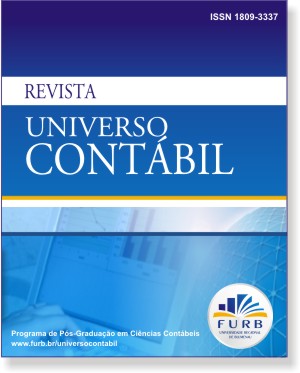COMPANIES VALUATION BY THE DISCOUNTED CASH-FLOW MODEL: PROJECTION OF RATIOS AND ESTIMATE THE MULTIPLE EXIT VALUE
DOI:
https://doi.org/10.4270/ruc.20095Keywords:
Companies valuation. Sales index. Relative valuation. Exit value.Abstract
The discounted cash-flow model is considered as one of the standard models for the valuation of assets. Besides selecting and estimating discount rates, the main problem for its application is modeling future cash-flow. When the evaluated asset is a company, this problem is particularly relevant once it is normally presumed that the companies have undetermined duration in time. Thus, theoretically the horizon valuation tends to infinity, there is no final value to the investment, and an unlimited estimate of cash-flows should be done. The common solution usually adopted consists in doing a limited projection of flows to be discounted, and estimate a final value (or exit value) computed as perpetuity. This paper extends the previous as follows: (i) the number of discounted cash-flows is estimated based on sales, the cash-flow index is based on sales and its rates variation, and (ii) distinctive alternatives are considered in order to estimate and calculate the exit value using relative valuation multiples. The model is applied to a sample of companies in the Standard & Poor's 500 index.
Downloads
Downloads
How to Cite
Issue
Section
License
The copyright for papers published in this journal belong to the author, with rights of first publication for the journal. As the papers appears in this publicly accessed journal, the papers are for free use, receiving their credit, in educational and non-commercial uses. The journal will allow the use of the papers published for non-commercial purposes, including the right to send the paper to publicly accessed databases.


